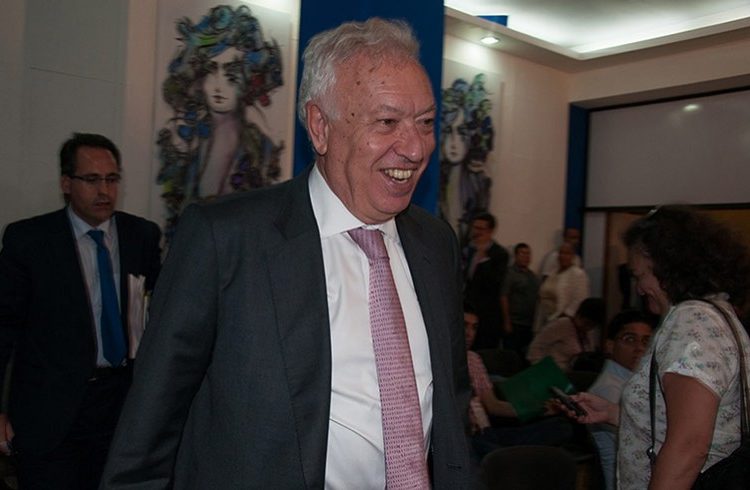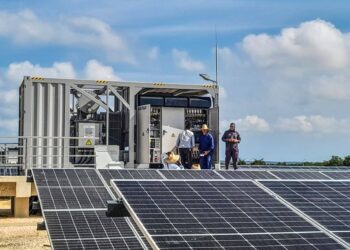With the visit to Cuba of Spanish Foreign Minister Jose Manuel Garcia-Margallo, the Popular Party (PP) finishes a 180 degrees turn in its policy of isolating Havana, driven by former president José María Aznar, who promoted the European Common Position in 2003.
At that time, the Cuban government responded to the pressure with a hard-line stance, something that the European strategists should have foreseen. It would have been enough for them to study the history of conflict between Washington and Cuba for over half a century.
Later and step by step Brussels began to move back; first it stopped inviting dissidents to diplomatic receptions, ending the “war of canapés” in which European embassies, overnight, were isolated from government and Cuban civil society.
Then they lifted the blocking on development cooperation with Cuba, a measure that had little practical effect. Most Cubans had not even realized that this blockade existed when European tourists and businessmen filled the landscape of the island.
Now Europe has to hurry because from the last two years ago Washington and Havana negotiate various aspects of bilateral relations, from air safety and disaster response to the coordination of actions for the confrontation of Ebola in Africa.
The six editorials of The New York Times, calling on Obama to sit down with Cuba, could be the preamble of a change in US policy, which would leave the European common position in an awkward position.
Cuban dissident Guillermo Fariñas on one of his trips to the US chatting with US President, whose country allocates $ 20 million each year for the Cuban opposition / Photo: Raquel Perez.
Cuban dissidents do not understand the policy of the European right. The leader of the Ladies in White, Berta Soler, complains that during his visit to Cuba the Spanish Minister didn’t receive dissidents and women of the association which she chairs.
In Spain anti-Castro Cubans say they feel “betrayed”. The president of “Cuba Democracy Now”, Rigoberto Carceller, said the Popular Party “manipulated us so that we fought with the previous government,” but “everything that they promised us was a lie”.
Irritation also extends to US where leaders from exile put pressure on Obama to not negotiate with Havana. The Cuban-American Senator Bob Menendez recommends confronting all countries in the region to prevent Cuba from attending the Summit of the Americas.
The external and internal anti-Castro groups try that foreign governments are, particularly the US, who do their homework. It is a policy that has been maintained since 1959, when opponents went to wait in Miami that “the Americans topple Castro”.
García-Maragallo asked Cuba to let the opponents who emigrated in 2010, some of whom spent more than one year camped opposite the Spanish Foreign Ministry asking for economic aid to return / Photo: Raquel Perez.
Surely there would be many more opponents in Cuba if not so many had migrated. And today remains the same, in 2010 Cuba released all political prisoners but only a dozen of them decided to stay in the country while more than 200 emigrated to Spain with all their family.
For the invasion of Cuba in Bay of Pigs they received training, weapons, ships and aircraft from the US. However, they blamed the defeat on President Kennedy despite anti-Castro Cubans who were surrendered en masse within 72 hours.
Half a century later some things have changed, yet they demand Washington and Brussels to play the role only the Cubans are to play. And the history of Cuba gives good lessons about the role of Big Brother solving problems of this nation.
The aid that the US offered to mambises for independence from Spain forced Cubans afterwards to accept a constitutional amendment (Platt) that allowed Washington to militarily invade the island 3 times in less than 30 years.
At the meeting with the magazine OnCuba, Ernesto Londoño, member of the editorial team of the New York Times, when he asked the young Cuban journalists what the US could do to accelerate change in Cuba, he was told that the best help is just to do nothing.










